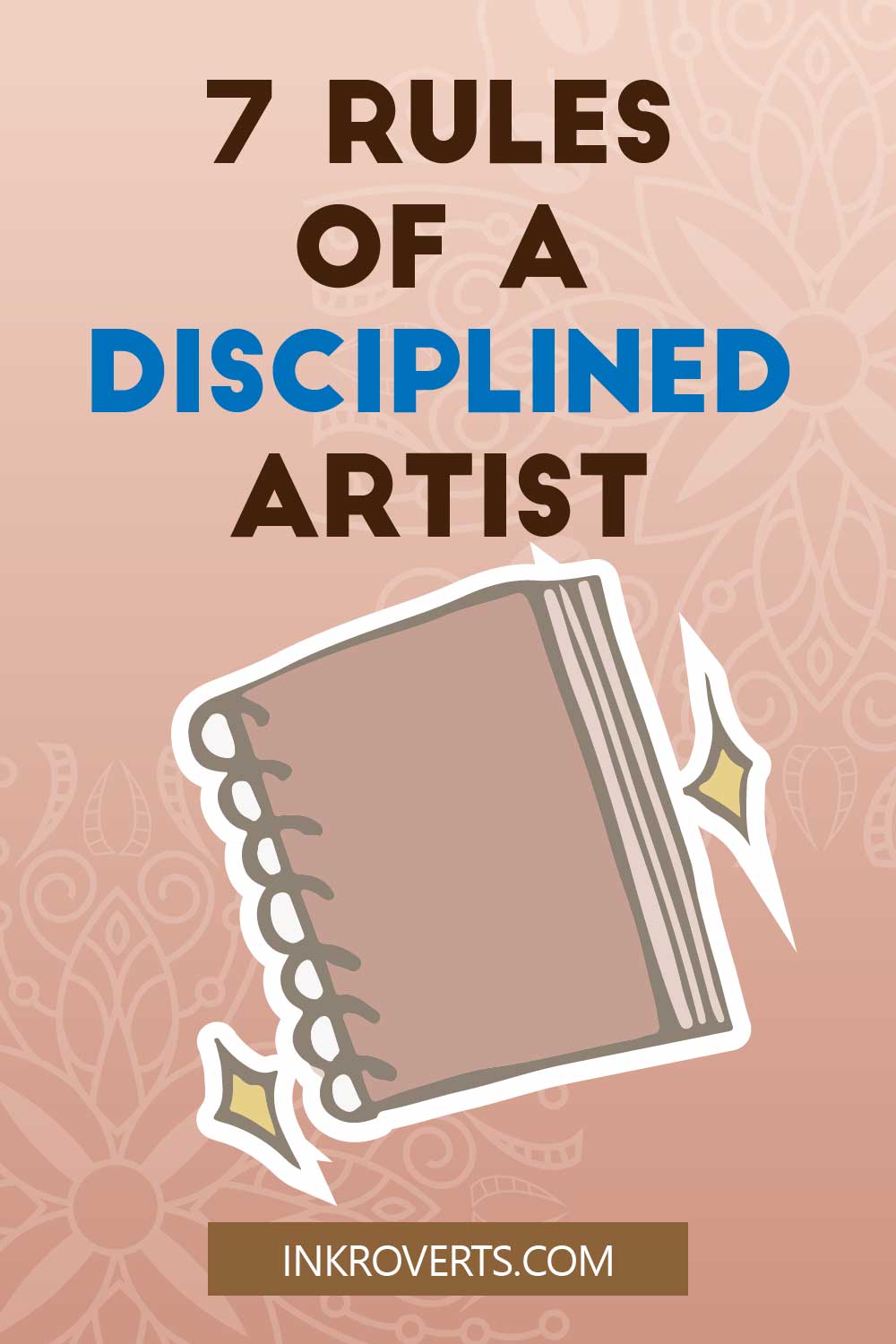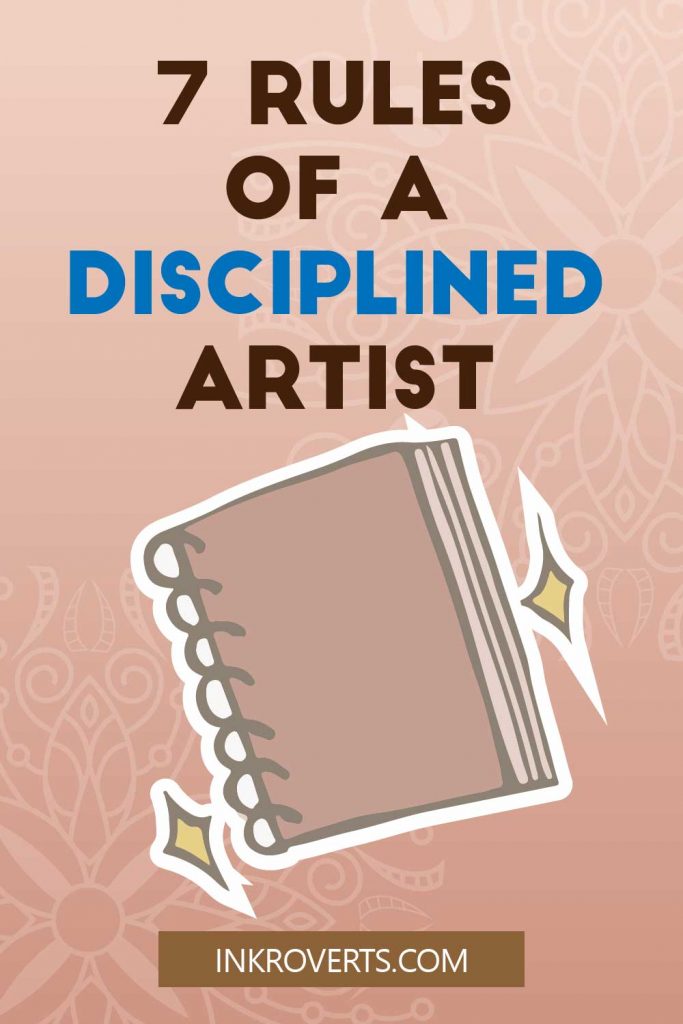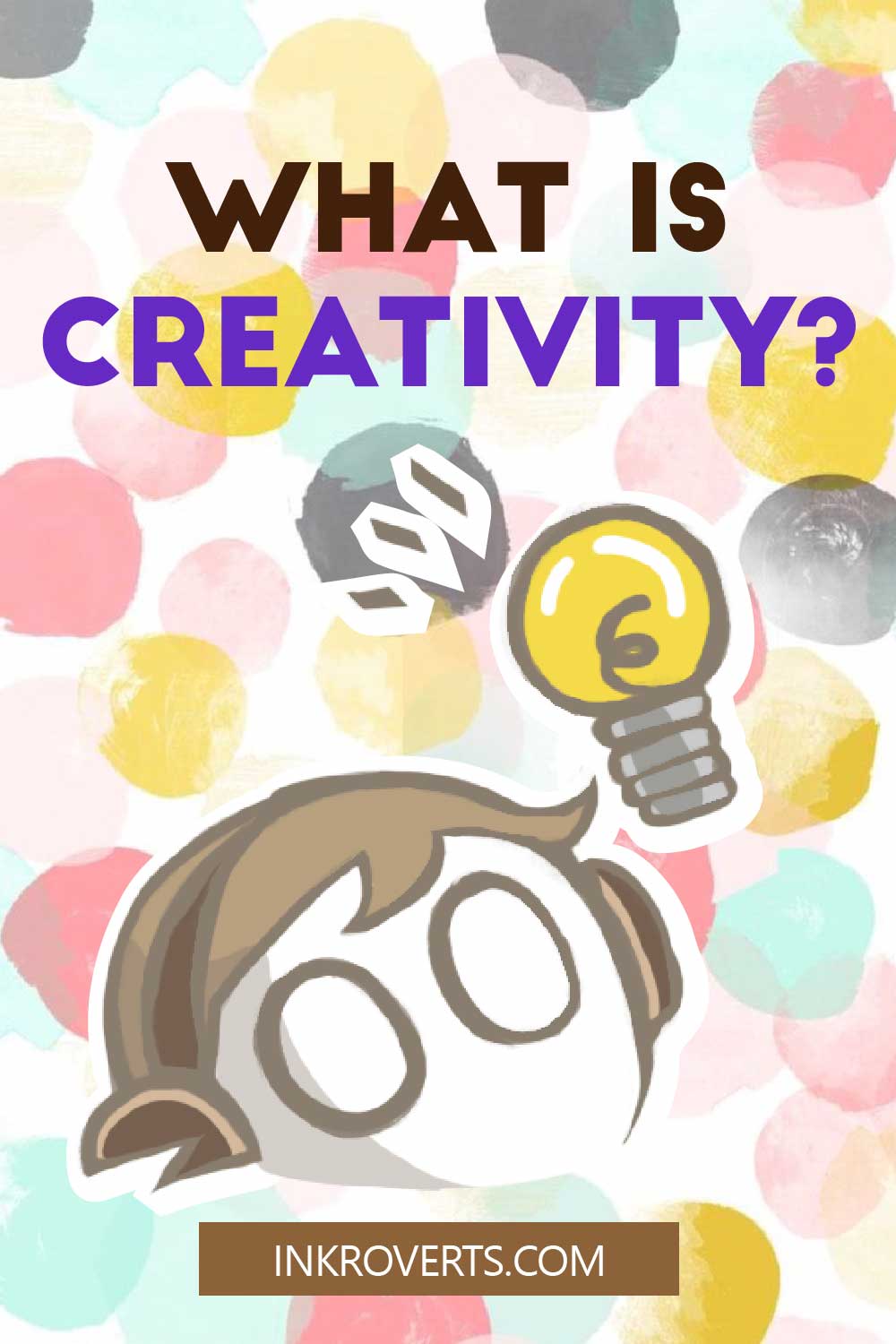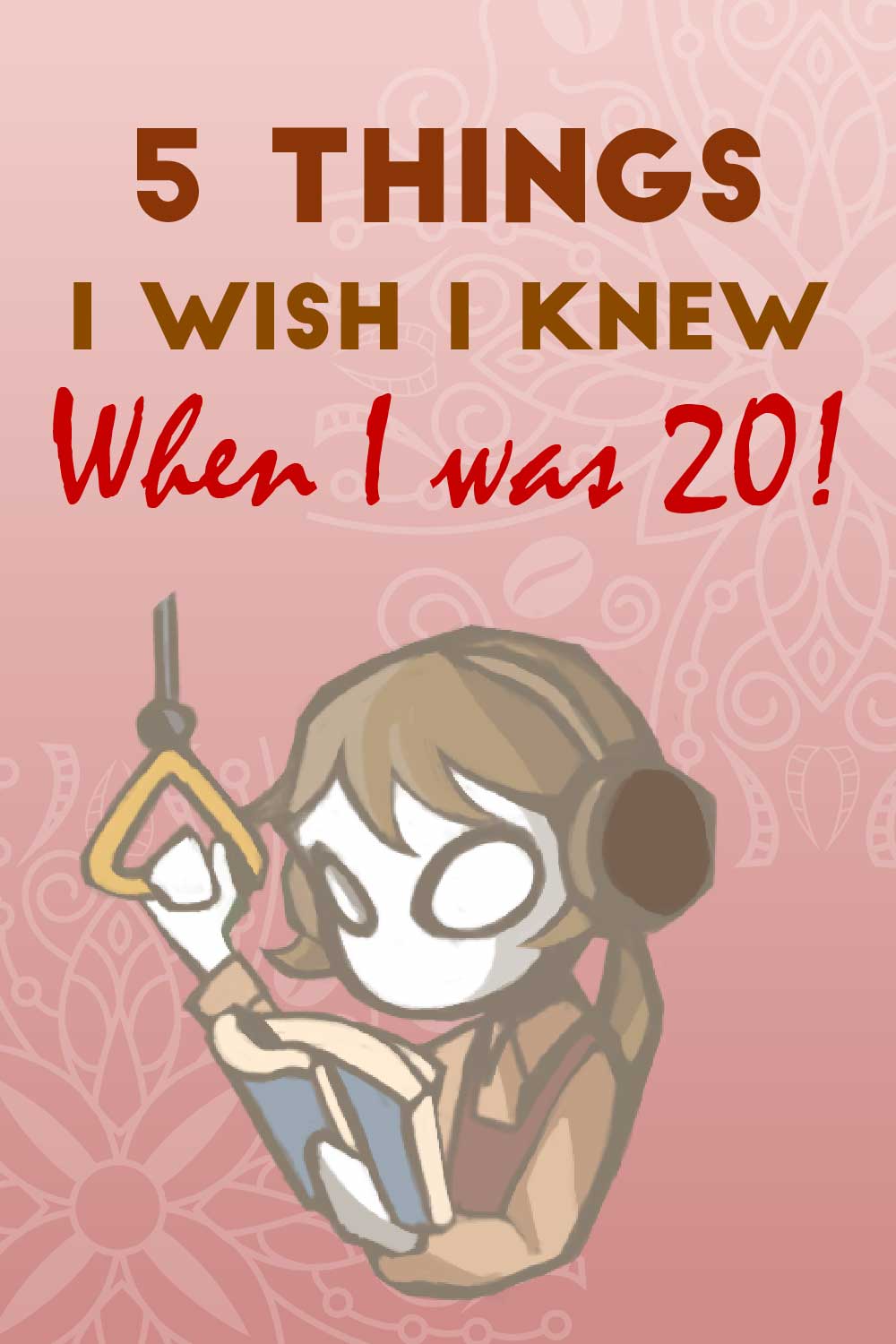

Which artist doesn’t want to be a disciplined person? “Disciplined” as in- you can control your actions, and even attitudes completely. Without sudden impulses to do mundane things, to lie around aimlessly, and to procrastinate.
Occasionally, out of nowhere, I would have episodes of tiredness. Not just any physical tiredness, but also a sense of demotivation.
One day, opening my eyes in the morning, I suddenly couldn’t find a good enough reason to get off bed. Maybe the weather got cold, maybe I didn’t sleep enough. My brain was coming up with different reasons to convince me I better not work than work.
Am I just innately a lazy person? I don’t want to be like that!
But turns out, after a period (usually a few weeks) of grinding, of churning out as many drawings and practices as possible, it was very easy for me to burnout.
And burning out is absolutely the last thing an artist wants. Because it makes doing art much more difficult even when we do want to keep going, deep inside.
So! Here we are, at the 7 suggestions to keep our drawing schedule disciplined, but also to avoid tiring out ourselves.
Table of Contents
1. Set Deadlines, Or At Least A Timeframe
Students are scared of this word: deadlines. But note that a moderate level of stress- or eustress– can be a good motivation.
I’ll tell how I set deadlines as an example.
I fall on the high end of conscientiousness. So I like to keep things organized.
Let’s say I want to make a digital painting. I’d set a few days to come up with the draft and color scheme, and a few hours for line art. Another few days for coloring, shading, highlights, effects and final adjustments.
Of course, some artists prefer not to have a strict deadline, as it might be too restrictive and rigid. In situations like these, having a loose timeframe is also OK.
The purpose of having dates and times in your schedule is to give you an idea when an artwork is going to be finished.
Especially for large-scale projects, things can be very blurry. And you never seem to know when’s the end of it. If the process takes too long, you may risk losing interest, thus abandoning all your past efforts altogether.
And so deadlines aren’t really there to scare you. (You’re the one who set the dates, after all) Rather, they’re useful tools to motivate you- telling you it’s nearly there! Don’t give up!
2. You Never “Not Have Enough Time”- You Only Prioritize
When I first opened this website, I was going through college (still are). I demanded a lot from myself: finishing all the coursework on time, doing 3 to 4 part-time jobs, writing 2 essays for the website every week, and produce weekly drawings, meanwhile not giving up 8 hours of sleep and exercises. (Health is really important)
At that time, thankfully, I was extremely pumped up. Drawing and writing became my hobbies, instead of browsing the internet and checking social media. So even when it wasn’t near a deadline, I still happily brought myself to write early.
As a result, I was never stressed out with all the work. “If you love your work, you’ll never work a day in your life.”
But after weeks, as stated in the ‘introduction’, somehow I lost motivation. Meanwhile, the semester was over, and a lot of times I found myself doing relaxing stuff. And so it became that “I didn’t have enough time to work”.
But that’s impossible! How come when I was busy, I had enough time; but when there’s no coursework anymore, I suddenly don’t have enough time?
The truth is, I always have time, just like everyone. The catch is what I prioritize.
When I love writing and drawing, naturally I’d prioritize these things. When I felt tired, naturally I’d prioritize making myself feel better. Simple as that!
The takeaway is this: if you find yourself wanting to do something, but you can’t because you’re in a “busy period” like exams and projects and all, chances are you do have time.
The reason you put off that particular thing is because you’re afraid you might mess it up- and so you procrastinated. But think a little deeper, why would your “busy-ness” affect your chance of messing it up?
It’s not a race. So even if you take it slow, you’re not going to fail.
You’re busy, no doubt about it. But you have time.
3. When in Doubt, Draw First- Then Learn From Mistakes
Don’t we all just want to draw the best version of our artwork?
But having a perfectionist mindset may be counter-productive.
Whenever you have multiple ideas- or no good ideas at all, you might find yourself thinking things over and over. All until you pull your hair out.
The top reason why we think so much is we’re afraid of making mistakes. We’re afraid of things turning out worse than we expect. And so we put off until we can fish out a proper way from our brain.
But why are we so afraid of mistakes? Especially when it’s just our art?
Many good artists don’t draw good artwork on the spot. There are 3rd drafts, 4th drafts, and 5th drafts. They just don’t publicize them.
When you pull out your pencils and paper, you’re likely not able to draw the best version of the image in your head. In fact, even if you draw good, the next attempt might look better than the last.
The point is that action is the best teacher, whether the action leads to good or bad results.
Your mind can only produce a good-looking image. But your hands are the only things that can make it come true.
You can take a look at another article here, where we discussed things like action can be the antidote to procrastination:
6 Steps to Kill Procrastination for Artists
4. Learn from Other Artists, and PRACTISE!
The internet makes it very easy for us to look up different artists online, whether big or small.
For artists that have many experiences, they may even upload their thoughts, drawing processes, and tutorials online.
Personally, I really like unedited drawing videos. They show the whole process of the drawing, and in real life speed too! Unfortunately, there aren’t many of these videos online.
Other than techniques, another great thing to learn about other artists is their mindset. For example, what attitude do they have when they encounter hardships? What do they think of an artist who is better than them?
These are like the “self-improvement” sections for an artist. After all, art is rather mentally-draining.
Of course, after absorbing others’ content, it’s time to put things to practice! After point no.3 about trials and errors, there’s no need to say twice about the importance of actions, right?
5. Recognise Inferiority Complex- It Really Drags You Down
Sometimes it can be hard to look at really cool artists’ work. Especially when they start out so young and you still haven’t got there yet.
The sadness and frustration are all too relatable. It eats through our own passion for the pursuit of art. We’d have thoughts like- if I can’t be like “them”, how can I compete? How can I succeed?
You’re not alone in the club. More people than you think have thought the same way, even a professional artist. Many just don’t say it aloud.
On the other hand, I’m sure many artists have said the same thing- don’t compare yourself to others. In fact, if you have to compare, compare you to your ideal self.
Have an ideal self in the first place is good- that way you know what you want to become.
Your ideal self doesn’t make you feel inferior. Better yet, it motivates you to move closer to it- and to ultimately become it.
Our article about artists’ bad habits talks a bit about comparing ourselves to others. You can take a look by clicking the link here:
9 Ways NOT to be Beginner Artists
6. Learn the Difference between Distraction & Information
This point partially involves point no. 3 and 4. We have access not only to other artists’ content, but also reference images, collages, prompt lists, and so on.
They all look refreshing and inspirational. But careful that you’re not only consuming from others. You’re an artist too.
Moderate information can guide you. You have time to digest it and put it to practice. However, dunking yourself in the depth of endless information is more costs than benefits.
At that moment, you’re no longer looking for answers to your questions. Instead, you’re merely enjoying various stimulation. And the danger is- there’s no end to it.
You might have the impression that you’re learning a lot of things. But exactly how many of them do you remember? It’s like flipping the pages of textbooks right before an exam. The moment your eyes see the page is when you remember them, but after you close the book, not much last in your memory bank.
I’m not saying we shouldn’t learn as much information as possible. But there’s a fine line between skimming through and actual learning.
7. Have Enough Rest
This is the most underrated thing among- well- everyone and not just artist. Rest!
Especially in college, I’ve heard people saying “sleep is for the weak”. And that’s one of the stupidest things I’ve ever heard.
But I’m not only talking about sleep here. By rest, I also mean taking a break from making art. Imagine if you spend every waking moment thinking about what to draw, sitting in front of a desk, and waving your pencil. You WILL get tired of it.
You must have heard people said that they spent months locked in their room. I’ve heard it from Ross Trans’ interview. Well, you’d think – “these people don’t seem to need much rest. What do you say about that?”
I’d say, art is a marathon. Even longer than a marathon, possibly.
People who’ve trained to run for long distances know what they’re doing, know their limits, and know their goals. If you’re not so experienced, rushing out just because you want to catch up is a bad idea. You’ll most likely wind up breathless and burnt out.
It’s great to be passionate about your craft. While you enjoy your work, though, remember to have enough rest. That way you can pick up the pace anytime.
Conclusion – It’s a Marathon: “You” vs “Your Ideal Self”
Art- in common sense- requires long-term practice and many transitions. Therefore, “discipline” is an extremely important element.
As Aristotle’s philosophy stands for; that we are what we repeatedly do. Excellence is not an act, but a habit.
But what about surpassing those next to us? Well, what makes you think you have to?
You have a goal- your ideal self. You will do anything to get there. And that’s all you need.
We all come from different places, learn different things, see different things. We even start at different times! And in the field of art, we also have different styles and media.
In such a diverse, messy place, you see unclear shadows everywhere. And why would you spend your time deciphering what the shadows mean, and which shadow you’ve passed?
The lighthouse, the North star that is your goal- is right ahead.
What’s even better, is that as long as you want to reach it, it will always be there.
Have a great, artsy day!

Founder of INKroverts.com
Check out our other articles:




